Deck & Commander Strategies

Valgavoth, Harrower of Souls
Punish opponents for losing life to grow stronger and draw cards, generating card advantage and incremental value over time.

Nashi, Searcher in the Dark
Use combat damage to mill cards and recur legendary or enchantment cards, growing in power and maintaining resilience.

The Lord of Pain
Apply repeated damage and pressure by punishing opponents whenever they cast spells, while preventing life gain to maintain dominance.

Marina Vendrell
Focus on enchantment synergy and controlling the game's board state by locking and unlocking doors, leveraging deck themes around rooms and enchantments.
Gameplay Insights
- 1
Casting Lay Line of the Void early disrupted graveyard recursion, forcing players to adapt their strategies and limiting the effectiveness of certain cards.
- 2
Players leveraged the unique door-locking mechanic associated with rooms to control access to resources and board states, adding a layer of strategic depth uncommon in typical Commander games.
- 3
Valgavoth's ability to grow and draw cards when opponents lose life created a steady stream of advantage, pressuring opponents to avoid life loss.
- 4
Nashi's synergy between milling and enchantment recursion allowed for sustained threats and resilience against removal.
- 5
The Lord of Pain's menace and life gain prevention kept opponents on the defensive, punishing aggressive plays and controlling the game's tempo.
Notable Cards
-
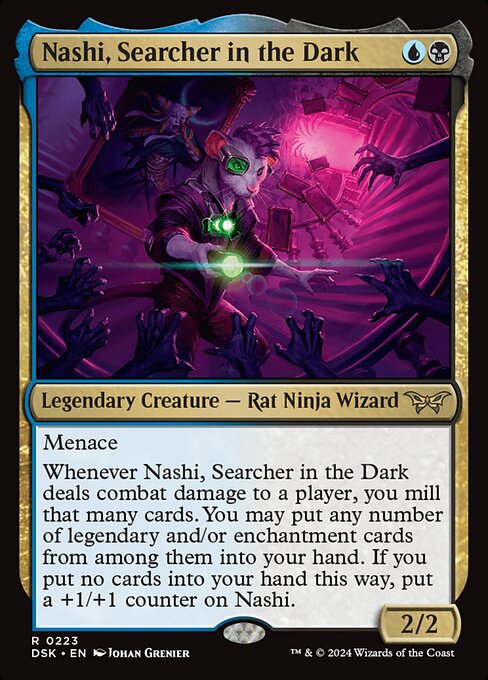
Nashi, Searcher in the Dark
-
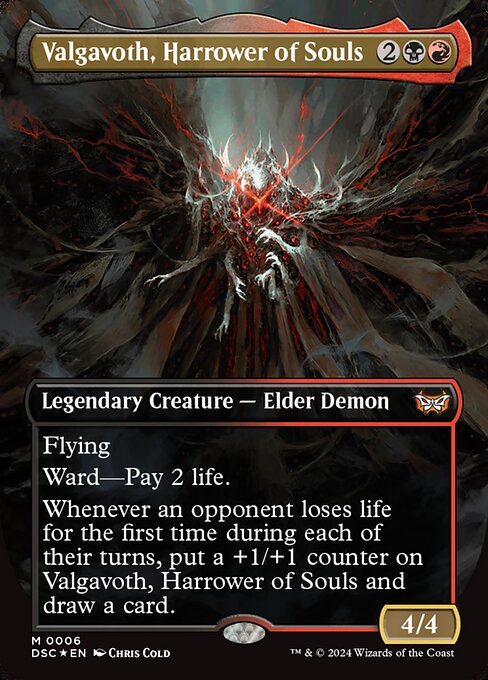
Valgavoth, Harrower of Souls
-
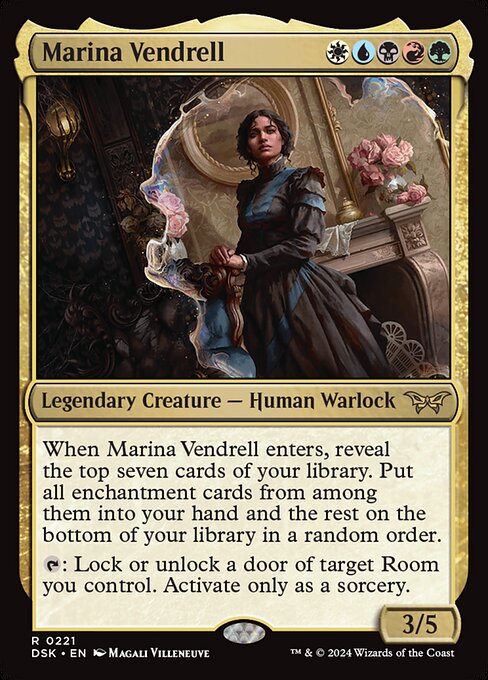
Marina Vendrell
-
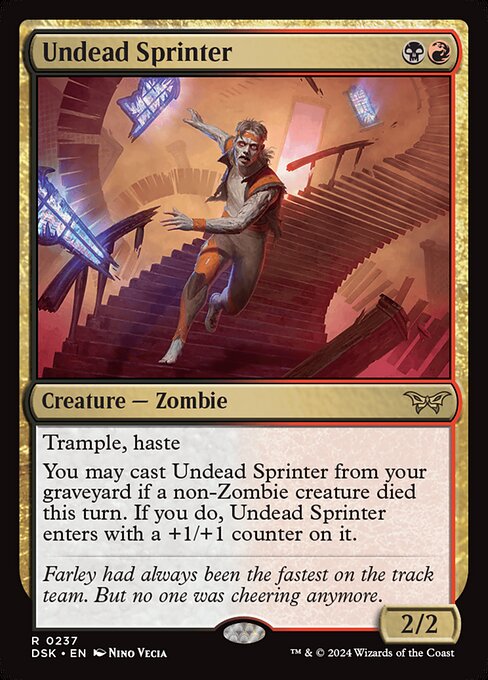
Undead Sprinter
-
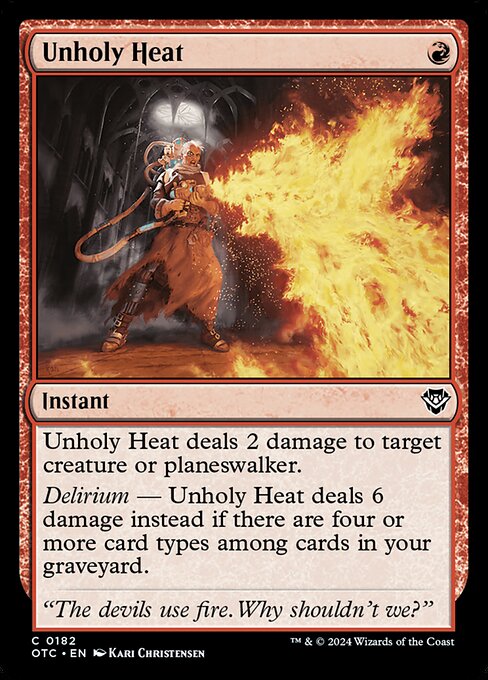
Unholy Heat
Gameplay Summary
The game began with players building decks from newly opened cards in the Duskmourn set, each selecting a unique commander that shaped their strategies.
Early turns saw typical ramp and setup plays, but the dynamic quickly shifted as commanders with powerful enter-the-battlefield effects and disruptive abilities came into play.
Valgavoth, Harrower of Souls, generated card advantage by punishing opponents for life loss, while Nashi, Searcher in the Dark, combined combat damage with milling to recur key enchantments.
The Lord of Pain applied pressure through its menace and ability to deal damage based on opponents' first spells, controlling the game's tempo.
Marina Vendrell specialized in enchantment synergy and manipulating board states by locking and unlocking doors, a thematic mechanic tied to the Duskmourn set's haunted mansion motif. Midgame saw a pivotal moment when Lay Line of the Void was cast to disrupt graveyard strategies, forcing players to adjust plans.
The interaction between enchantment-heavy decks and graveyard hate created tension and forced adaptive plays.
The presence of multiple room cards and the door-locking mechanic added a unique layer of resource management and strategic positioning.
Ultimately, the game revolved around leveraging enchantment recursion, incremental damage from commander abilities, and controlling board states through locking mechanisms.
The interplay of damage, card draw, and graveyard disruption defined the path towards victory, with players vying to outlast and outmaneuver each other in this spooky, thematic brawl.


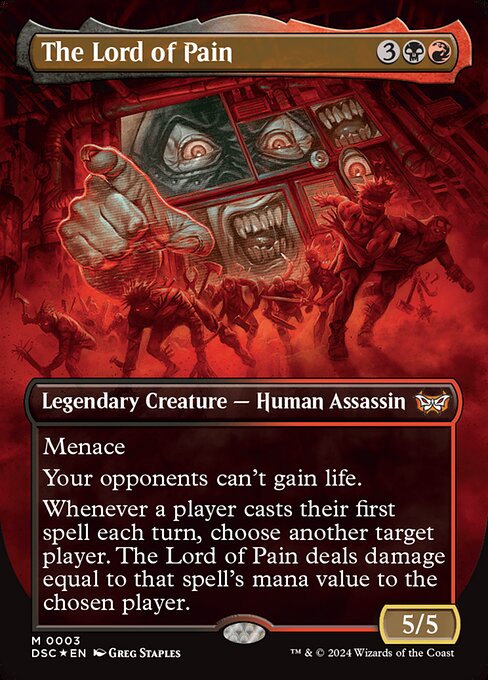
























![Schwaben Clash! | Herumkommandiert #13 | EDH Commander [Deutsch] thumbnail](https://i.ytimg.com/vi/3MudYH287do/sddefault.jpg)


















